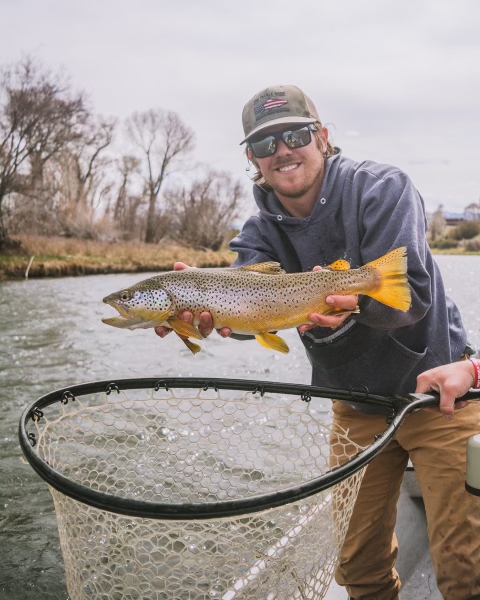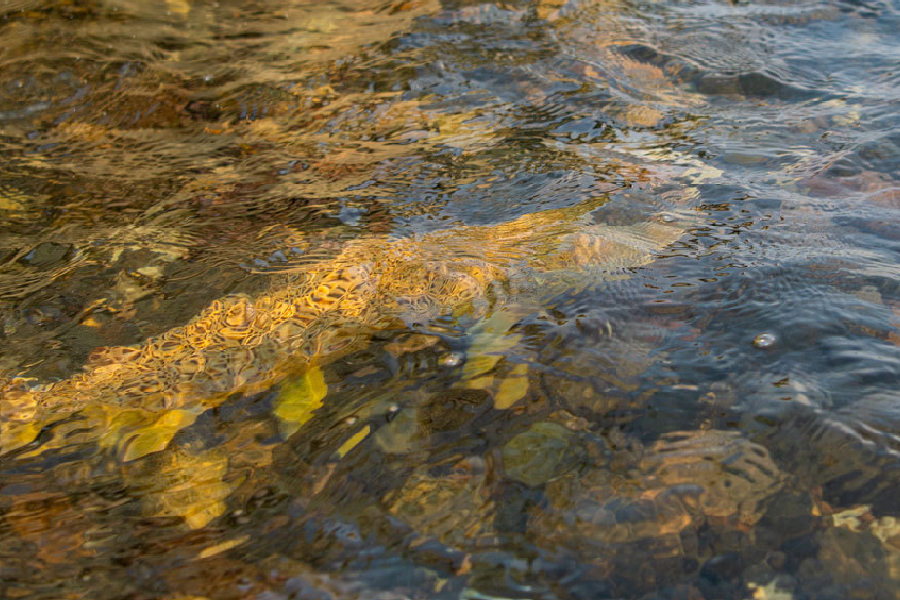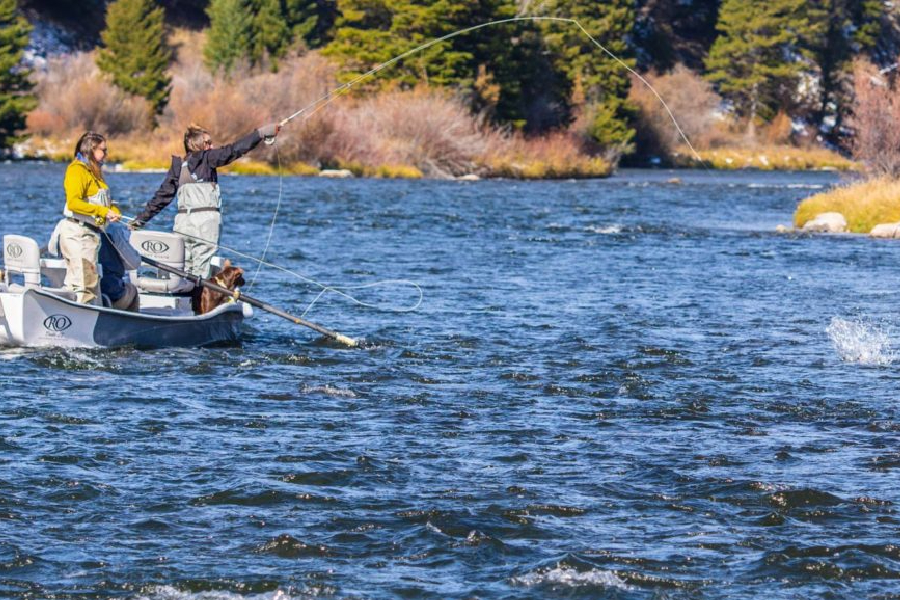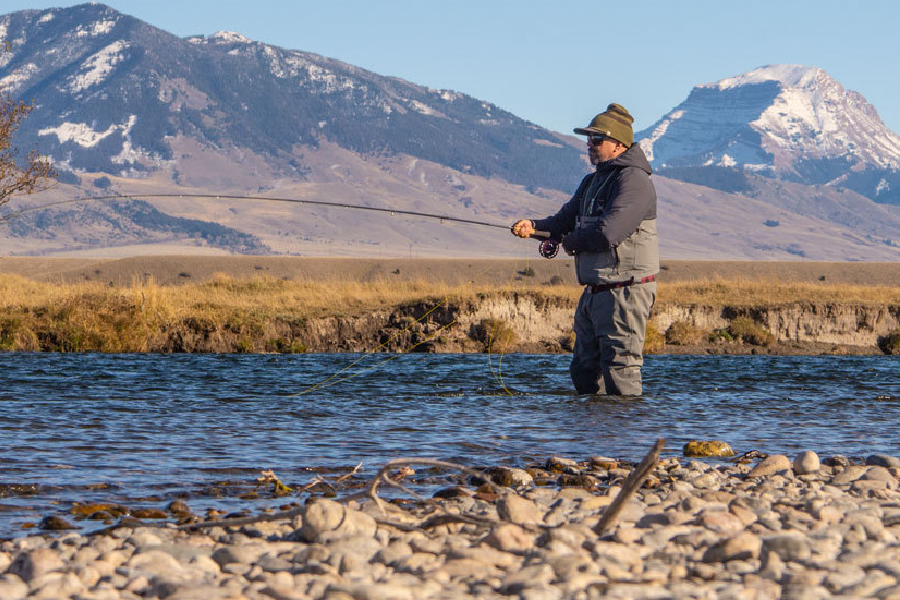Nymph Fishing Big Western Rivers like The Madison
Nymphing Big “Scary” Western Rivers by Jim Bob Terry
When it comes to fishing rivers like the Madison, the Missouri, the Yellowstone, and any other large Western rivers, nymphing from a stationary position (wading), it can be intimidating. Many spots you’ll fish feature long runs with limited wading and can require your best when it comes to casting and mending, others can just be tricky when it comes to spotting fishy water or finding the right approach to said fishy water. Whether you’re wade fishing or simply pulling over the boat to fish a section of river more thoroughly, here are some tips to help you find success while nymphing big western rivers…
Identify Fish Holding Water
If you’re used to fishing small rivers and streams and you pull up to a river like the upper Madison for the first time, you might be a little overwhelmed at the sheer size of the river right off the bat. Coming from North Georgia years ago, I know I was.
Don’t worry though, as far as trout holding water, you’re looking for the exact same things you would on any other river or creek. Break the river into smaller sections and look for deep slow runs, drop offs, depth and speed changes, cut banks, etc. If you’re approaching from a public access point find a vantage point if you can and try to plan your way around a section of water. From a vantage point looking for color changes is easier and super helpful, color change equals depth change. Covering water and fishing several different areas you think might hold fish is key until you’re into them!
Move Your Indicator
When I worked in the fly shop, it amazed me how often I would talk to someone looking for advice after a tough day on the water that had “shown them every fly they had”, but when I asked them about changing depth and weight, we would often land on that being the issue. Fishing the right flies is important, but fishing the right depth and weight is equally (possibly more) important. Just because your depth and weight were right for the last hole, doesn’t mean they are for the next one or even the next area of a large run you may be fishing. Make sure to move your indicator and add or remove split shot as needed. Rule of thumb is to have your indicator roughly 1 ½ times the depth of the water you’re fishing. I love the Airlock and Oro’s indicators because I can change depth quickly while fishing, or on my guests rigs while guiding. All that said, make sure you’re fishing the right flies too!
Play Long Ball
While out of a drift boat you’ll rarely have more than 20 feet of line off your reel, you’ll sometimes find yourself wanting drifts that require 60 plus feet of line while wade fishing large rivers. Understanding line management becomes crucial in situations like this so you can maintain a drag free drift even at long distances. Practice adding line to extend your drifts and anticipating your mends, mending preemptively so as not to affect your drift too much. When mending at large distances, everything is a little bigger, make sure you get as much line up off the water as you can, and really throw that mend in there.
Think “up, over, down” in terms of movement while mending… get as much line up off the water as you can, mend it in the air, then bring your rod back down the water. Practice makes perfect.
The Right Weapon
It helps to have the right equipment; I like a 9’ 6” 6wt rod with a very visible power taper line for this. This helps not only with casting clunky indicator rigs, but also while mending and setting the hook at a distance. A legendary Montana guide that I fish with as often as possible goes so far as to use a 10’ 7wt with a steelhead line for big water nymphing, and he taught me most of this. To him, highly visible line is amongst the key factors to big water nymphing rigs, being able to see when mends are needed is vital. Fishing 10’ six and seven weight rods might seem excessive on trout water but when you factor in your indicator, flies, split shot, the wind, the reach needed, and the size of fish you can find, you’ll be happy to have such a stout rod.
I hope some of this was helpful to you if you’re new to fishing big western rivers. Get out there and practice and you’ll have it down in no time Don’t be intimidated by those big “scary” western rivers!




